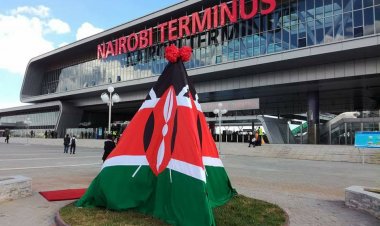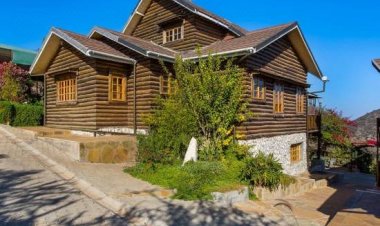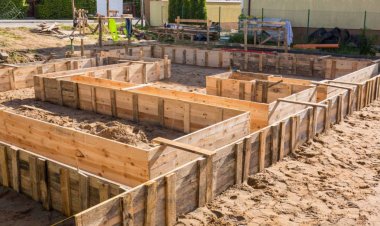Statistics: How Many Kenyans are Homeowners, How Many Stay in Rental Apartments and in Slums
Of all the basic needs an individual has, shelter rates highly and as a country, we have witnessed various challenges facing the real estate industry. Housing in Kenya may be lucrative if the market is adequately analyzed.
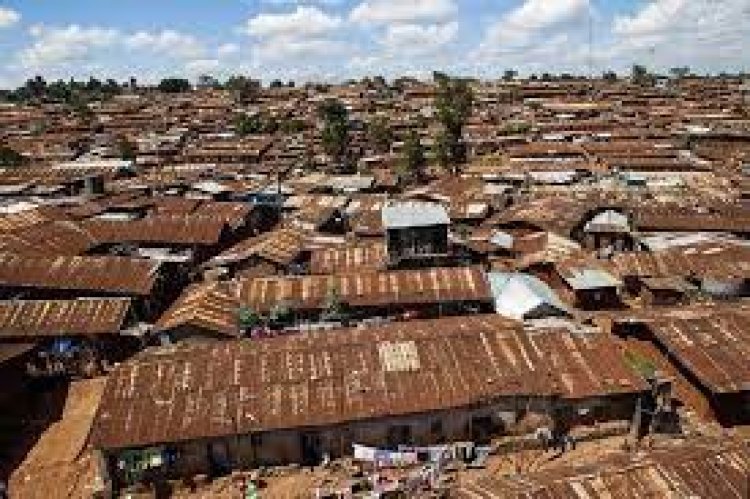
With a growing population, the major burden in major cities falls under housing due to the large numbers of people migrating from the rural areas into the urban centers, and as a result, more informal settlements are mushrooming in the slums to accommodate the new entrants into the cities.
It is estimated that 22 percent of Kenya's population in the five cities dwell in slums. That is 10 million out of the 47million Kenyans. This is according to the 2019 census report.
Nairobi records the highest number of slum dwellers at 36 percent followed by Mombasa 24 percent.
Many Kenyans who live in the slums are faced with challenges such as Lack of access to basic social amenities. They have poor sewage systems and lack running water. President Uhuru Kenyatta in his Big 4 Agenda promised Kenyans Affordable housing which would address this challenge, well this program has been partly achieved.
In a report by the Ministry of Transport, Infrastructure, Housing, and Urban development 228 units have been delivered in Ngara, Nairobi. This is against 500,000 units that were promised by 2022.
4,666,027 Kenyans live in the rental apartments and out of this number 3,669,425 rent houses in the urban centres while 990,602 rent in the rural areas. Nairobi 1,354,882 records the highest number of Kenyans staying in the rental apartments followed by Kiambu 498,012, Nakuru 322,762 and Mombasa 279,830.
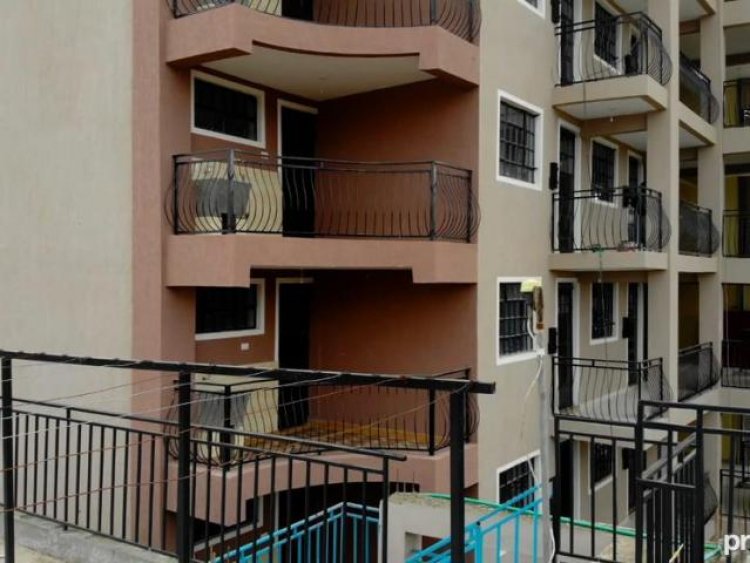
Out of the 47 million Kenyans, 7,379,485 are homeowners. 6,387,020 own homes in the rural areas while 992,465 in urban centres. Kakamega county leads with the highest at 369,381 while those who own homes in Nairobi are 138,976.










